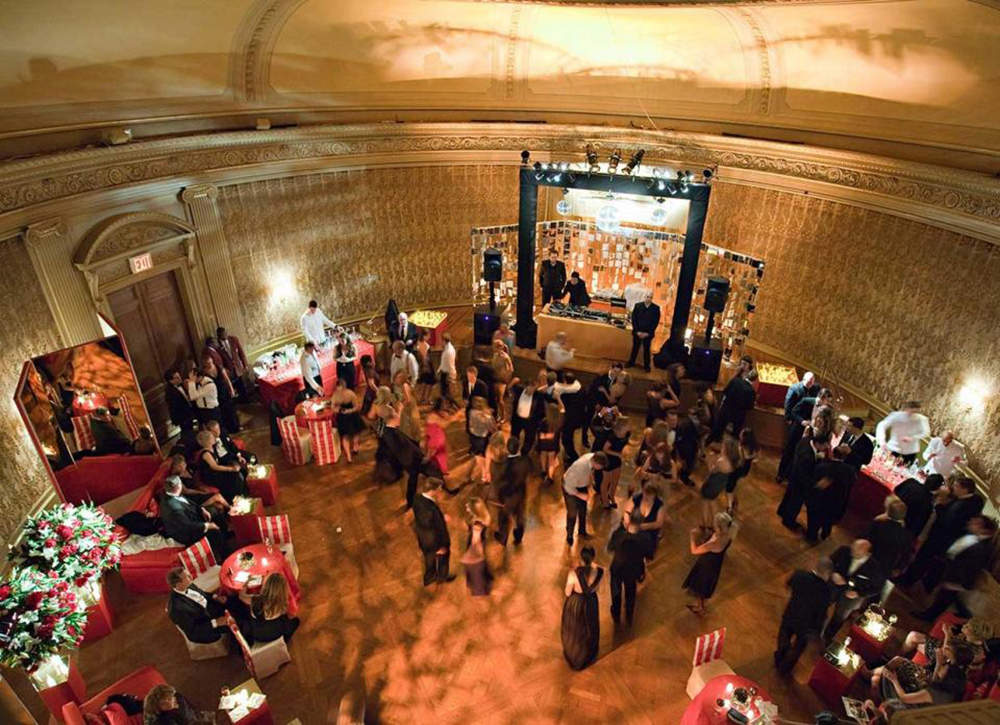By Hellen Zaboulani
The fate of the famed music room at the Frick Museum in Manhattan rests on a decision to be made by the city’s Board of Standards and Appeals at a meeting on Tuesday. Even the descendants of Henry Clay Frick, are at odds with each other over an expansion plan that would tear the room down to build a large auditorium and a cafe. The coke and steel magnate had donated his Fifth Avenue mansion to the city as a museum, after his death in 1931. The collection was opened to the public in 1935 after renovations and additions were made. It has been esteemed for its Western paintings, sculptures, and decorative art, as well as its serene and intimate setting.
As reported by the NY Post, now the board of the Frick is pursuing a major expansion and renovation of the 1914 Gilded Age mansion. The intimate oval-shaped music room, which was designed by John Russell Pope and opened in 1938, would be destroyed to build a large modern auditorium, cafeteria, bookshop and administrative offices. The music room has held performances by the world’s finest musicians, and has been praised by a leading music critic as “the closest thing to a 19th-century music salon this city has to offer.”
Sitting on the board today and approving of the plans are four descendants of Frick, most notable is the president, Helen Clay Chace, one of his great-granddaughters. However, on the opposition’s side sits another of Clay’s great-granddaughters. Martha Frick Symington Sanger, also the Frick family historian, is fighting to save the music room. She said, “The opposition and I are not against improving the infrastructure at the Frick, it is the way they are going about it. It is a travesty.” “By removing the music room, a one-of-a-kind marvelous room and putting in a very large special exhibition gallery, they will increase the crowds and the noise and chatter, this will also disrupt the serenity that everybody loves at the Frick. It will disrupt the garden court where people come to meditate,” she continued.
“This is a real violation of Henry Clay’s Frick’s gift to the public. It is just ruinous, they could easily put this new development underground. The new development will dwarf the original building,” added Symington Sanger. “The board is failing in its duty to protect a landmark resource. The music room in the Frick is 80 years old, and clearly a cultural and historic resource. It is like taking a wrecking ball to the Taj Mahal.”
She is blaming members of the management, including Blackstone billionaire Stephen Schwarzman, who himself has donated millions to the institution, for pushing the development for their own acclaim. “There are very ambitious people involved,” she said. “They could develop underground and save the music room but people like this like monuments to themselves.”
A spokesperson for Schwarzman and Blackstone commented to say, “This is false. The claim that Steve is the driver or ‘chief proponent’ of the renovation is a fabrication meant to manufacture a false controversy. While the full board has approved this long-standing plan, it was designed, implemented, and executed by the museum’s professional management team…The building will also not be named for him.”
A representative for the Frick also commented to say, “This measured plan was conceived by the professional museum and library staff in concert with the Board of Trustees to address the Frick’s long-standing programmatic needs.” “The project will not aesthetically alter the ground floor galleries and will open to the public, for the first time, a suite of rooms on the second floor of the former Frick residence. Critically, this plan preserves for visitors the intimacy that so earmarks ‘The Frick Experience.’” The Frick rep continued to say, “Over the past two years, the public has had ample opportunity to comment on the project before the Landmarks Preservation Commission and the Board of Standards and Appeals. The process has been public, rigorous, and transparent throughout.”
Jennifer Usdan McBride, a preservationist working with the opposition, differed to say that there is sufficient public disapproval. “There are over 7,000 signatures on two online petitions,” she said.



